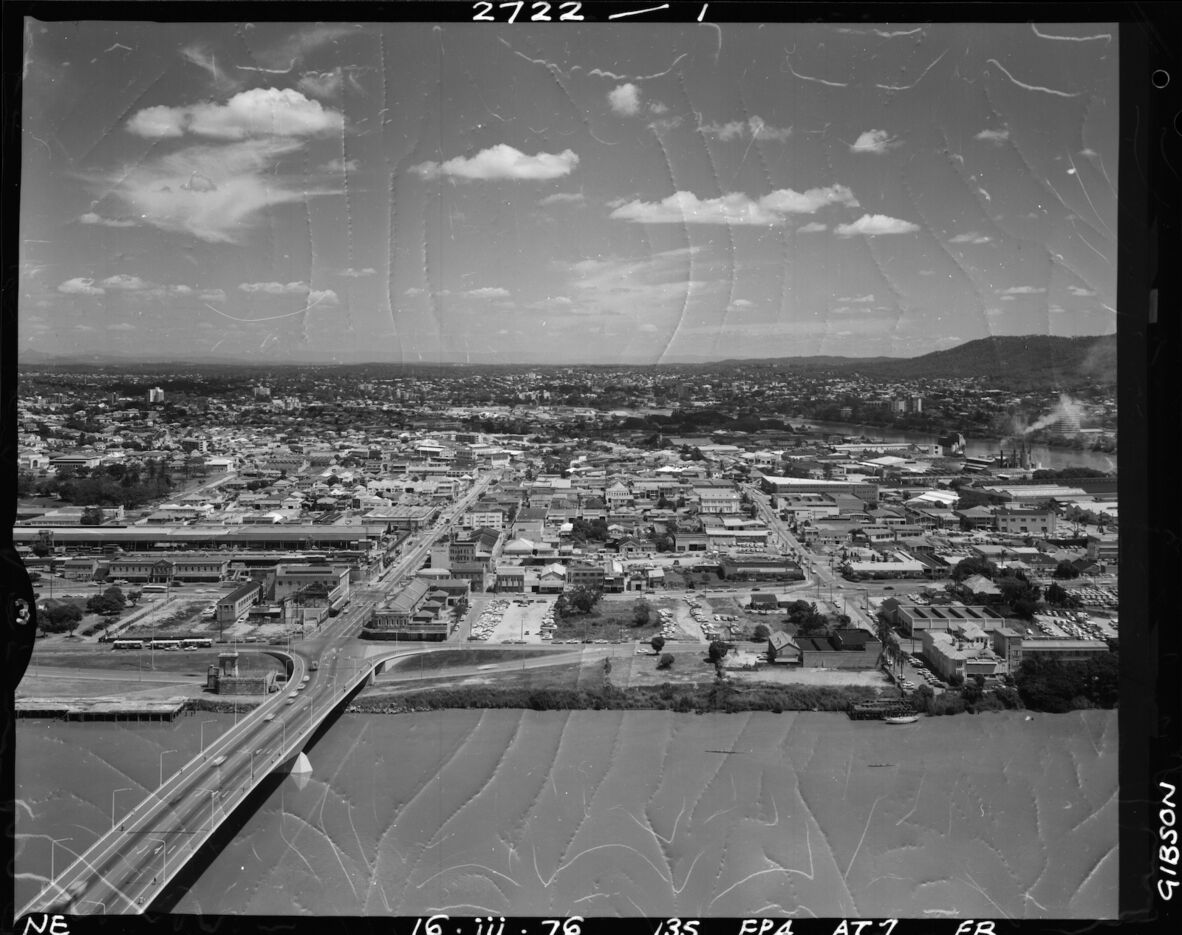
View over South Brisbane from the M.L.C. Building, 1976-1982
The Edge: Brisbane's Architectural Metamorphosis and Cultural Beacon
February marks the 15-year anniversary of The Edge so let’s take a look back at the history of the building.
In the heart of South Brisbane, The Edge stands as a testament to architectural innovation, cultural evolution, and communal resilience. As an integral component of Robin Gibson's vision, reflected in the Queensland Cultural Centre's design, The Edge has undergone numerous transitions.
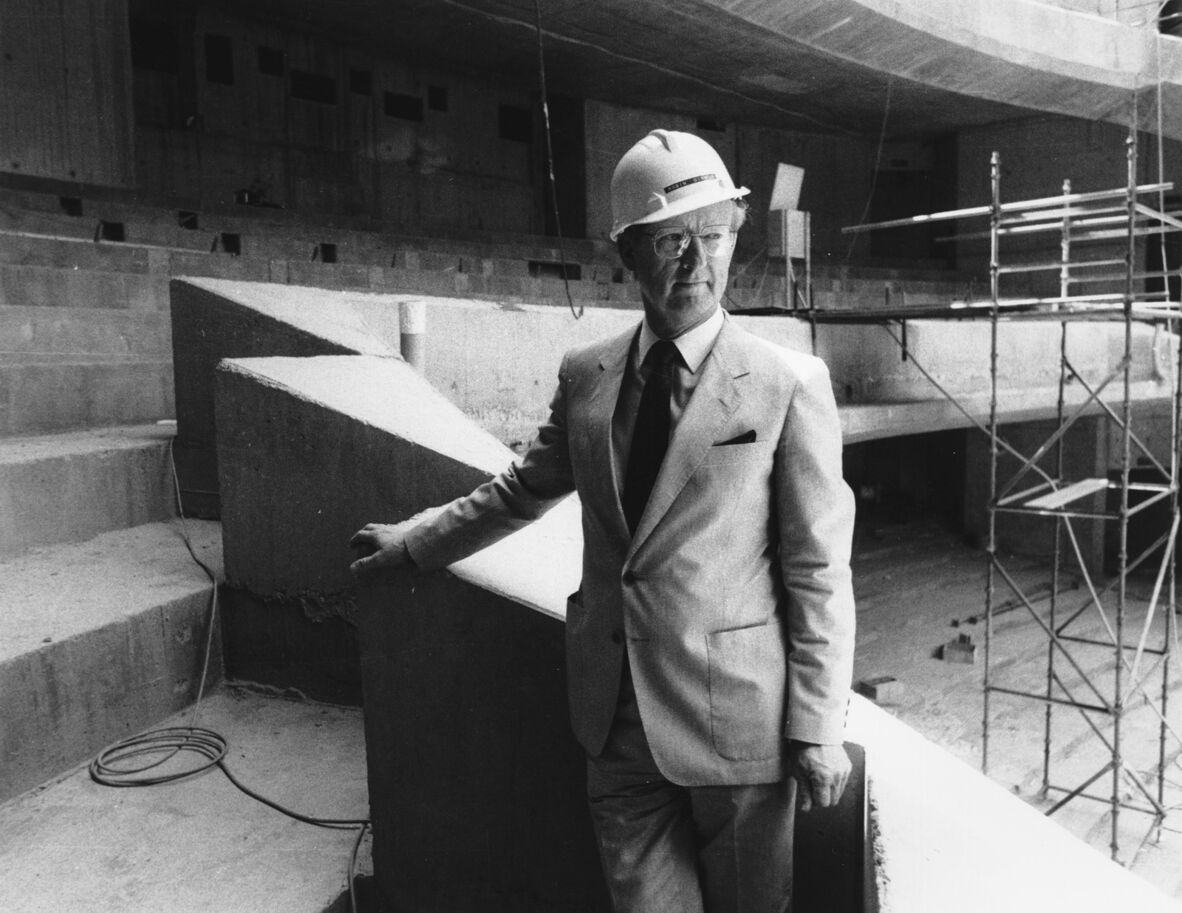
Robin Gibson, architect of the Queensland Cultural Centre, standing on Balcony 2 of the Lyric Theatre of the Queensland Performing Arts Centre during construction, Brisbane, 1983
The origin story: Building a creative nexus (1982)
The Auditorium (The Edge) was inaugurated on 12 September 1982, by Deputy Premier Hon. Llew Edwards. Conceived as a shared space for the arts as part of the Art Gallery contract, the building stood out for its cubic shape and minimalistic material palette, predominantly concrete with recesses of glass windows offering views to the river and cityscape. With a seating capacity of 450, the multipurpose Auditorium was envisioned to accommodate cultural, social, and commercial activities, extending Brisbane's arts capabilities beyond traditional norms.
The 1980s: A sweeping view to elite dining
Operated by a commercial lease, the Fountain Room Restaurant catered to an exclusive clientele, luring diners with the promise of a private dining room, banquet hall, and sweeping panoramas of the Brisbane River and the short-lived river fountain which sunk multiple times. However, despite its initial success and distinction as a premier dining destination in the 1980s, changing tides spelled its closure in the early 1990s.
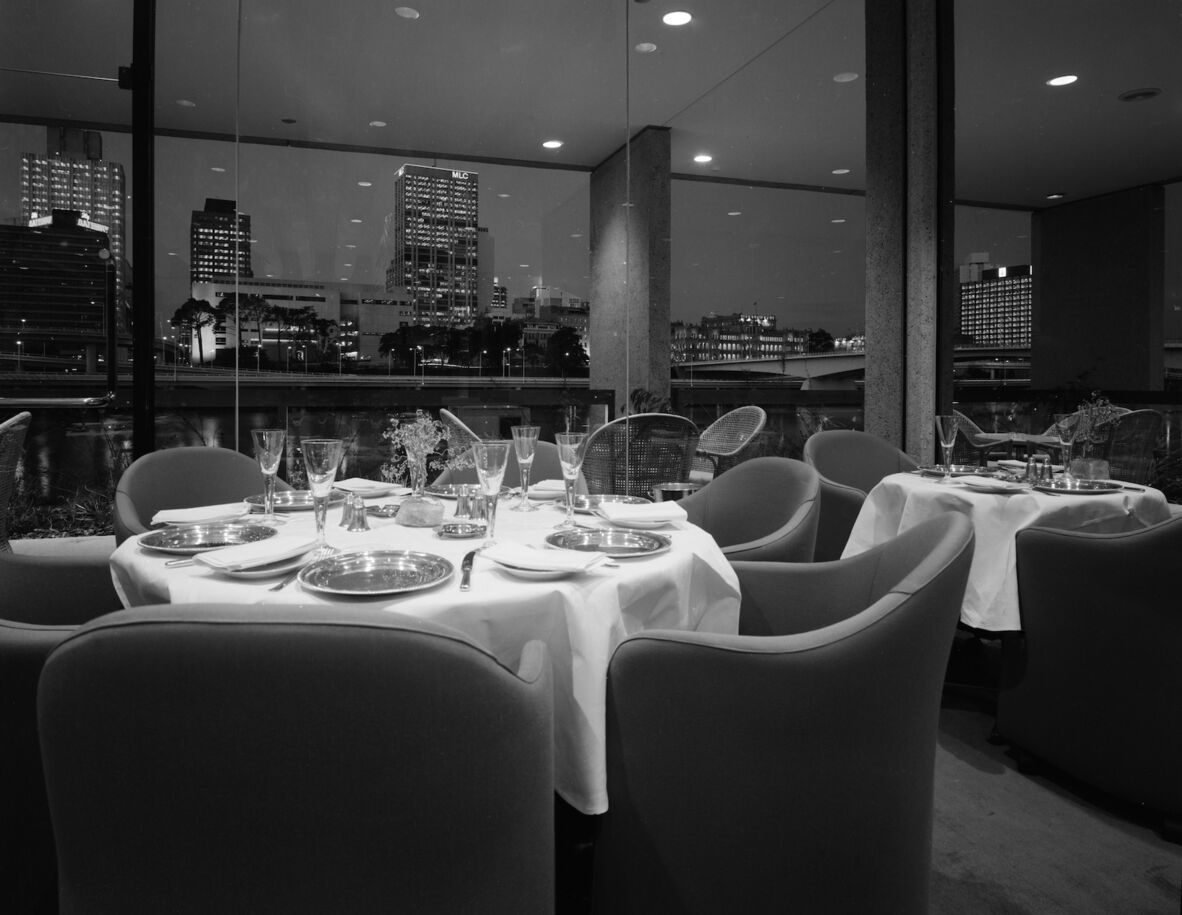
Restaurant and auditorium, Queensland Cultural Centre, 1982; 1984
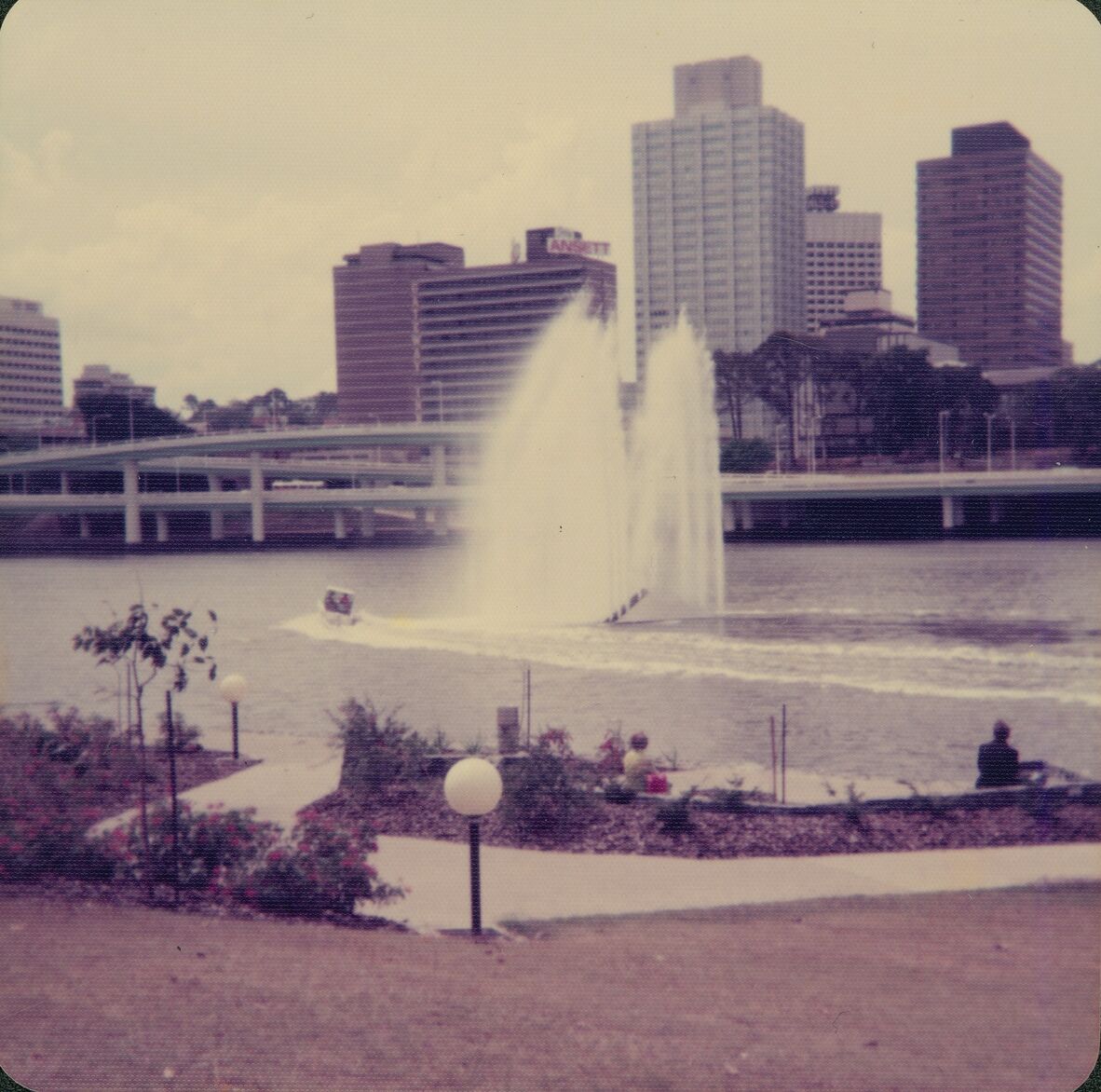
View of the Queen Elizabeth Silver Jubilee Fountain on the Brisbane River, Brisbane, Queensland, 1977
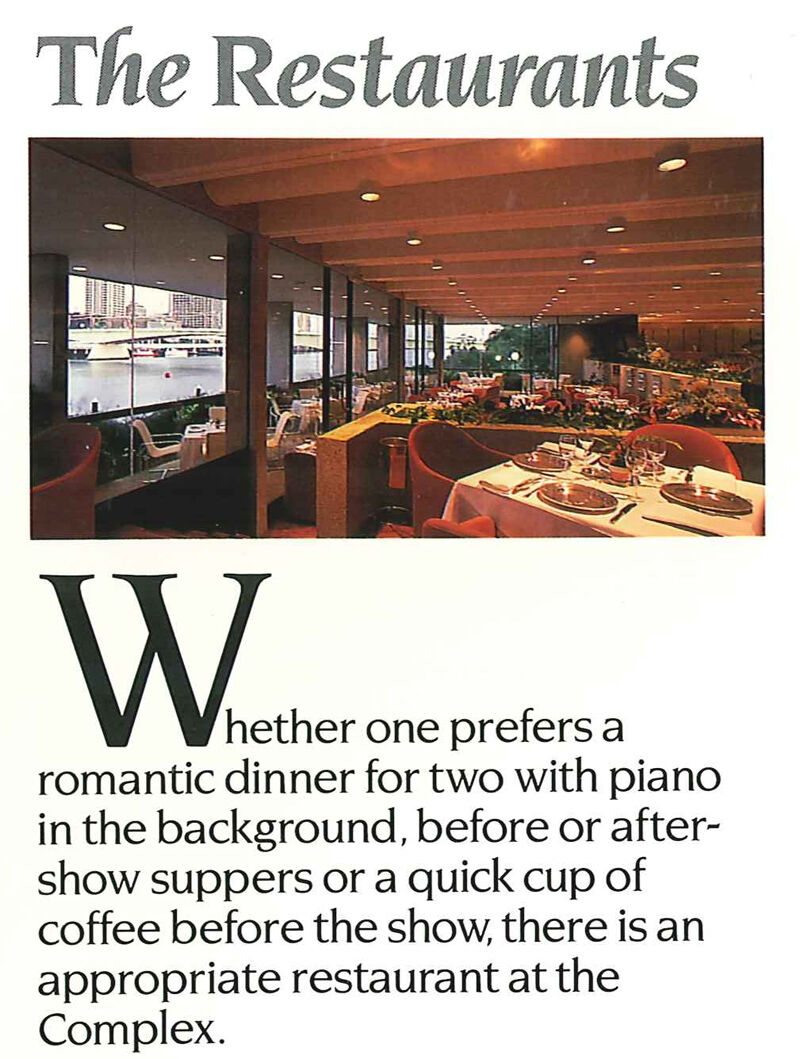
The Fountain Room restaurant promotional image clipping
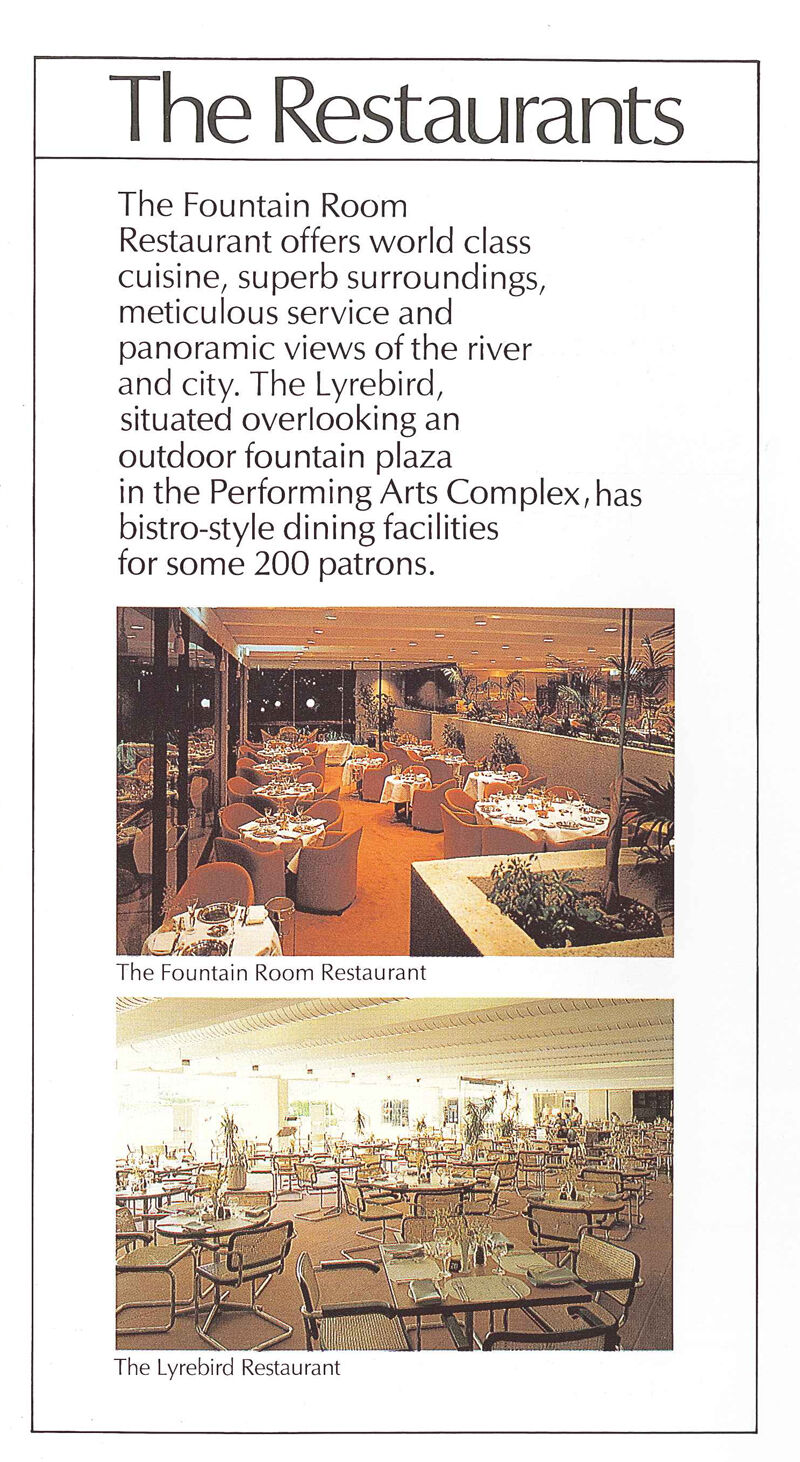
The Fountain Room and Lyrebird restaurant promotional image clipping
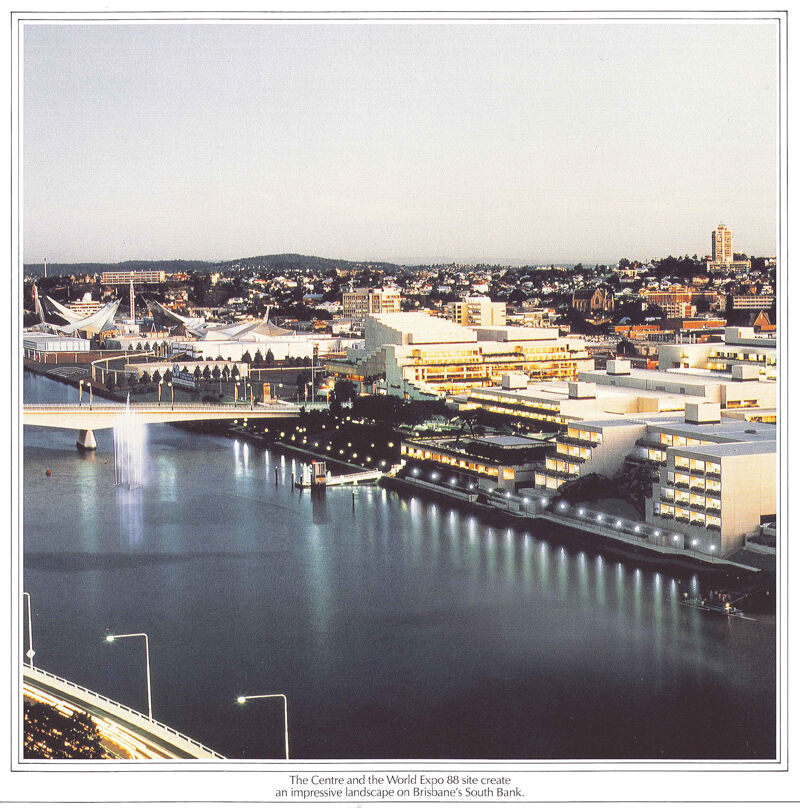
A clipping of a photo of South Bank and Fountain Restaurant/The Edge building
The 1990s to early 2000s: The Queensland Theatre Company and beyond
Despite the closure of the restaurant, the Auditorium was in active use in the early 1990s. For example, it was used on 183 occasions in 1991, including 31 performances, 18 dinners and dinner concerts, 35 conferences and seminars and 42 days of arts exhibitions.
From 1993, The Edge began a new act with the Queensland Theatre Company inhabiting its spaces, employing the erstwhile restaurant area and level 1 for administration, costume storage, and even as a rehearsal venue for the mid-1990s. This partnership lasted until 2004, after which the space served as a temporary sanctuary for the Queensland Art Gallery and the State Library of Queensland amid their own structural transformations — a testament to its role as a foundation of cultural support.
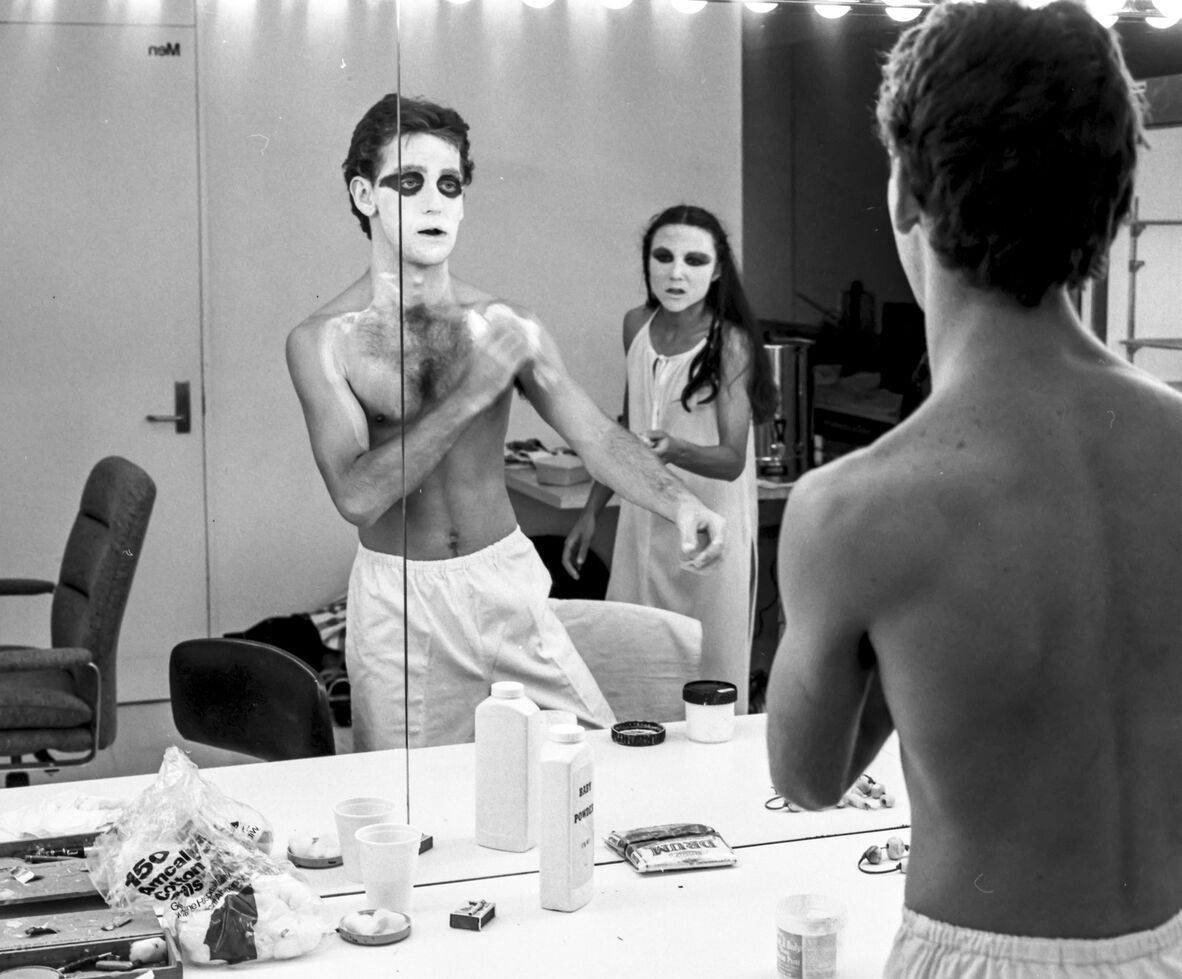
Theatre North dancer applying make-up for a performance of Agamemnon at the Queensland Cultural Centre Auditorium, South Bank, Warana Festival, October 1984
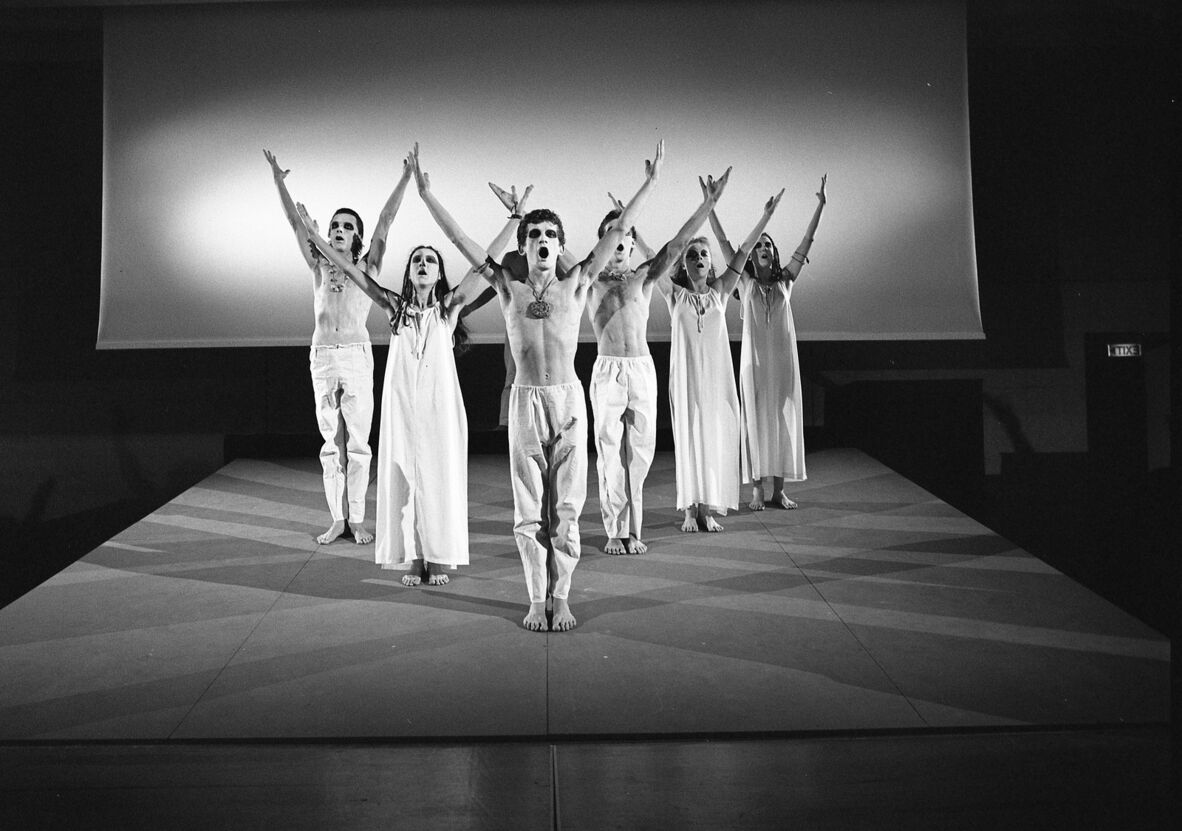
Theatre North dancers performing Agamemnon at the Queensland Cultural Centre Auditorium, South Bank, Warana Festival, October 1984
2009: M3 Architecture and the digital frontier
A significant shift occurred in 2009, with M3 Architecture at the helm of alterations that transformed the Auditorium into The Edge, as we know it today. This initiative, spearheaded by the State Library of Queensland, sought to repurpose the space into a digital cultural centre.
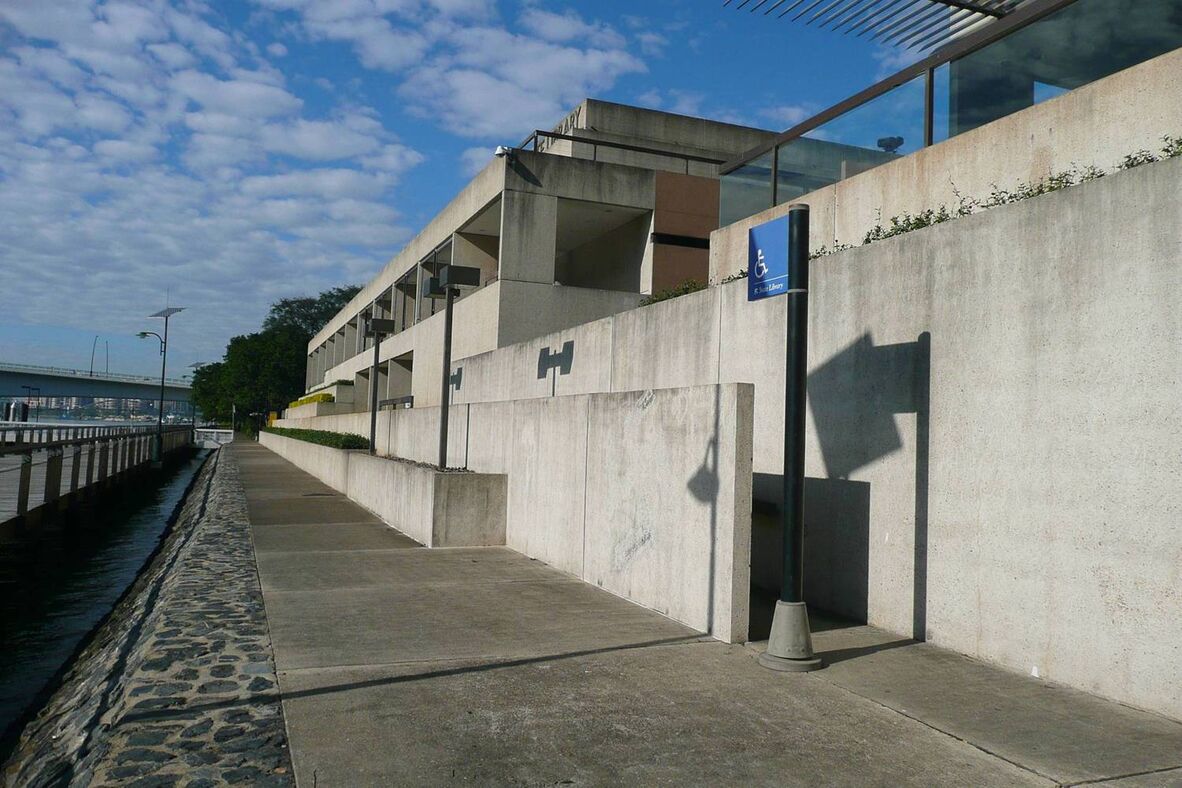
A photo of The Edge building before renovation in 2009
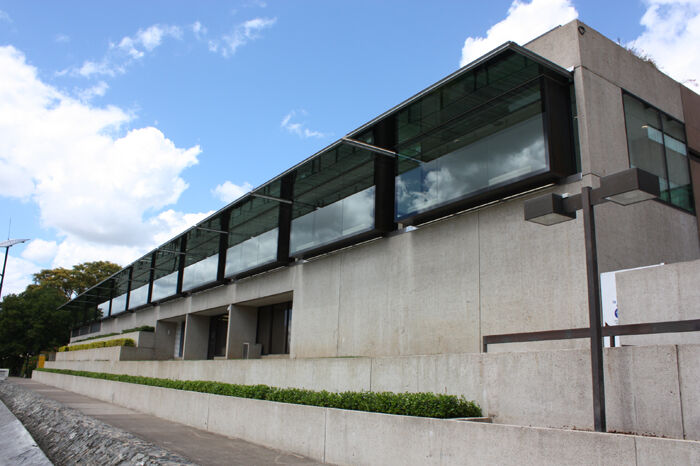
A photo of The Edge building after renovation in 2010
26 Feb 2010: The Edge officially opens
The Edge opens as a space focused on the convergence of art, science, and technology, providing facilities and programming to encourage public interaction with digital culture, emphasising creativity and innovative exploration.
The Edge was envisaged as a world first digital culture centre for young people to gain access to all sorts of art and technology, research, training and mentoring. Informal spaces available for collaboration and discussion. A focus was put on the pursuit of individual and group activities, enabling the space to foster a sense of community, a commitment to collaboration and a spirit of openness.
This exciting new evolution of the building included a renovated auditorium, window bays for meetings and specialist media labs were created.
Lab 1: Screen and sound – with a suite of high spec computers and software for video editing and animation, web and app development and design. Now known as the Digital Media Lab.
Lab 2: Mobile and physical – an open plan design with movable tables to create a practical, flexible working space. Used for projects and workshops that involved building, making, hacking and engineering. Now known as the Innovation Lab.
Lab 3: Record and mix – for speech, music and other audio recording and mixing. A compact, sound recording studio fit out with near-professional equipment and specialist software. Now known as the Recording Studio.
Lab 4: Print and Cut - a distributed lab for building, assembling and prototyping with 3D printers, laser cutter.
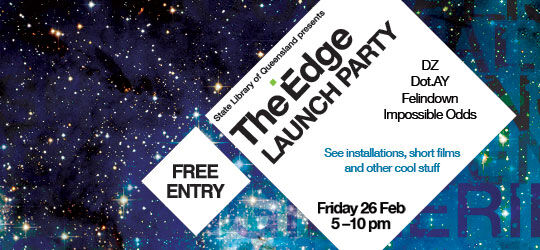
The Edge opening 2010 promotional image
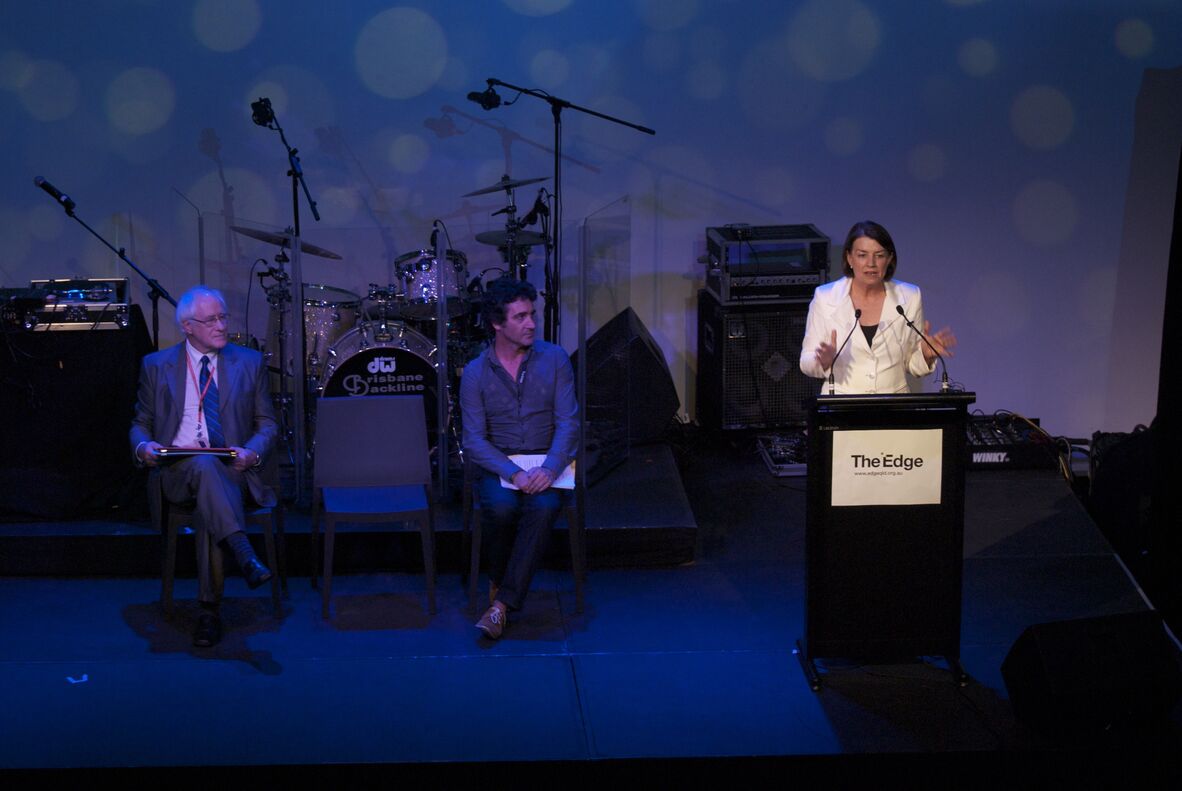
A photo of former Premier Anna Bligh at The Edge opening in 2010

The Edge launch 2010 DZ Deathrays live in the auditorium
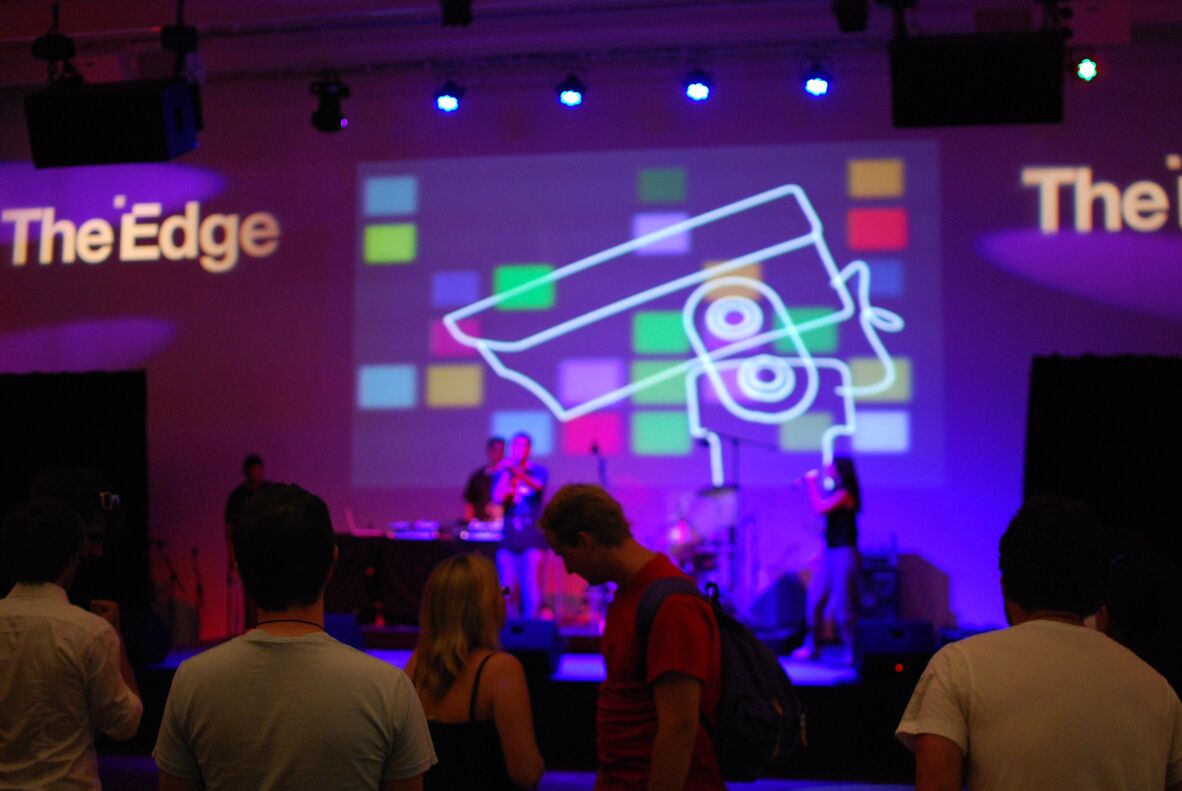
The Edge launch 2010 live acts in the auditorium
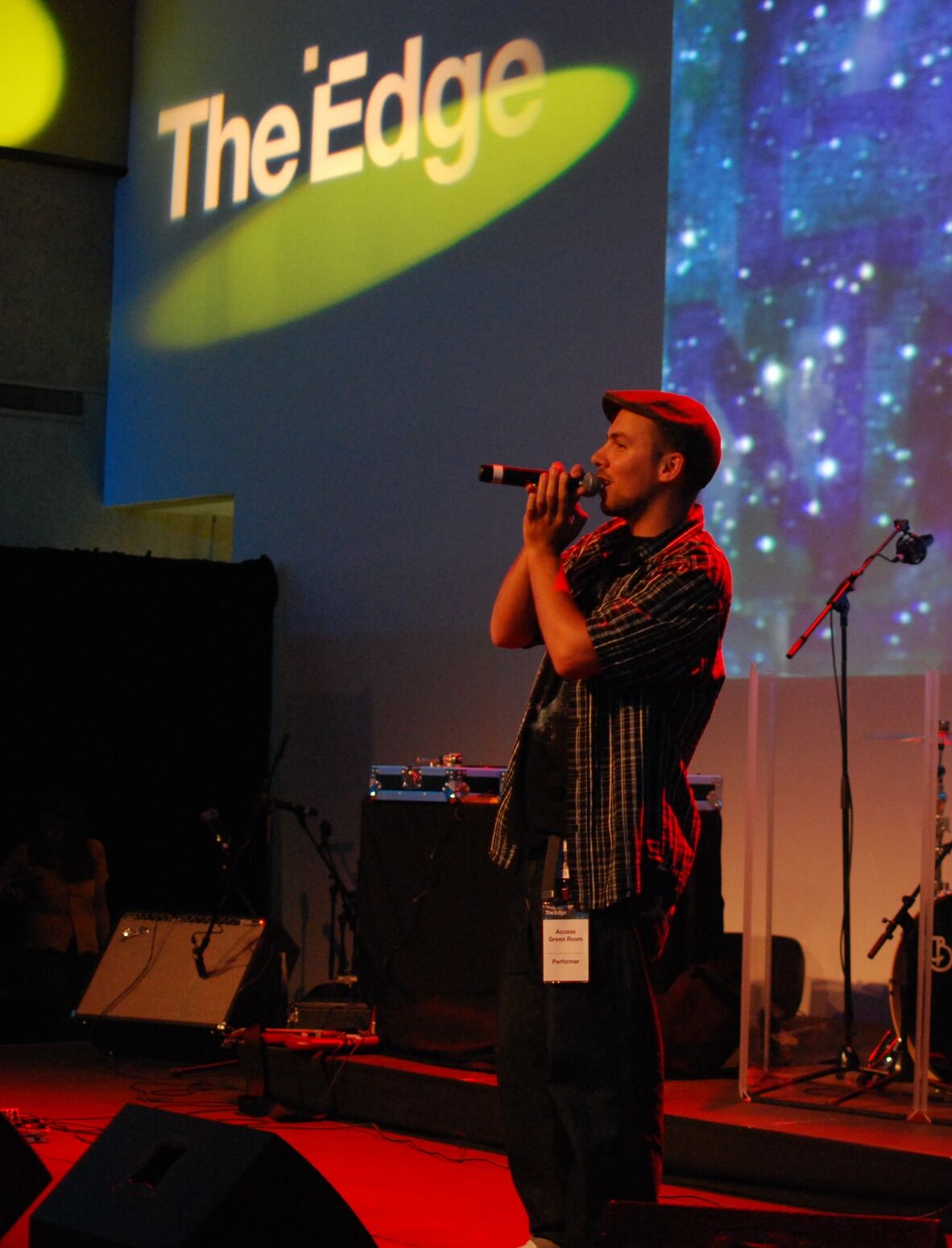
The Edge launch 2010 live acts in the auditorium
A photo of The Edge launch night SMS screen
Lab 1 Screen & Sound 2010 (Digital Media Lab)
The Edge Recording Studio in 2010
2011: Recovery from adversity
The Edge's lower level suffered extensive damage due to flooding in early 2011. After intensive restoration efforts over the course of four months, The Edge reopened on 7 July that year, demonstrating resilience and a commitment to serving as a community resource.
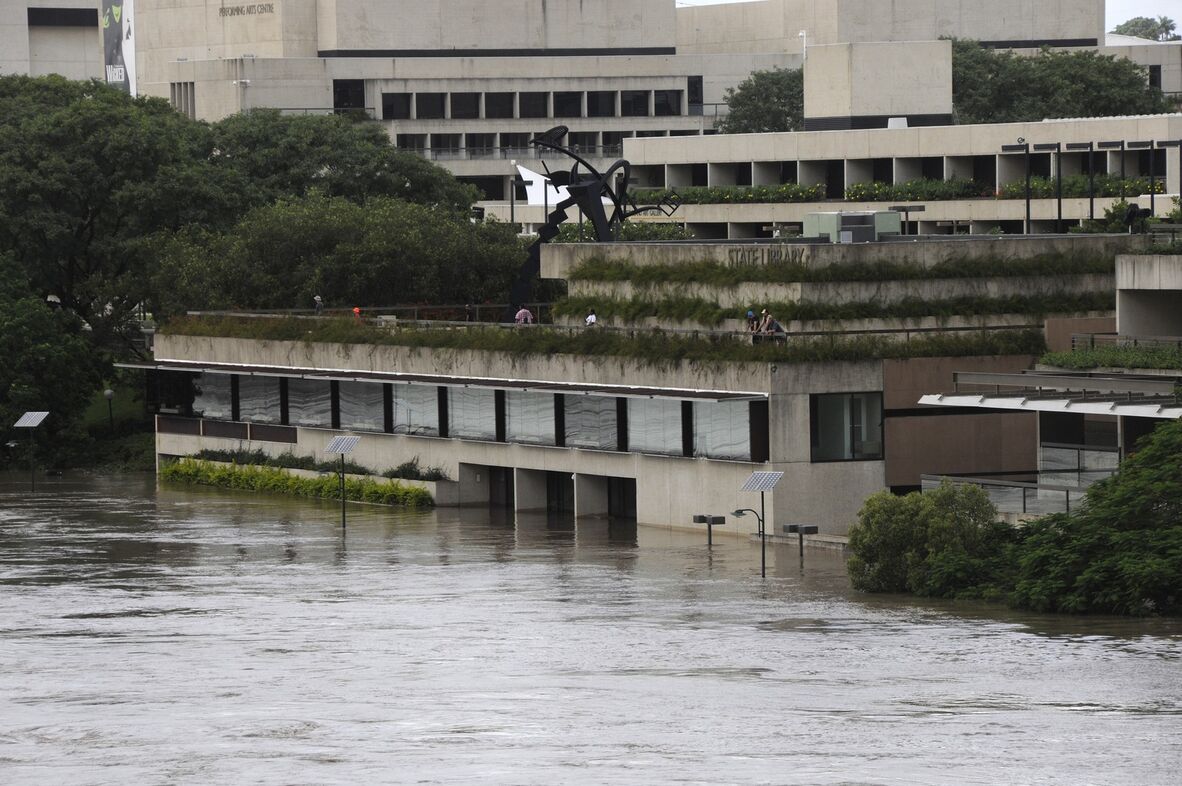
Flood waters inundate The Edge State Library of Queensland Brisbane 2011
2015: Heritage and site
In June 2015, the entirety of the Queensland Cultural Centre, including The Edge, was recognised by the Australian Institute of Architects for its heritage value. This recognition has played a role in safeguarding the area from development pressures that could compromise its cultural legacy.
With an expansive riverfront location, The Edge is an integral part of a precinct that encompasses key cultural institutions in Brisbane. The connectivity of The Edge to the rest of the Cultural Centre, facilitated by pedestrian pathways and access ways, underscore its role as a dynamic and accessible venue in the city's creative landscape.
The transformation of The Edge over time reflects a broader narrative of adaptation and resilience, representative of the evolving nature of Brisbane's approach to cultural development and heritage preservation.


2020-2021: Remote work and The ‘virtual’ Edge
During 2020 and 2021, State Library of Queensland proactively evolved to meet the challenges posed by the coronavirus pandemic, transitioning to embrace remote work and digital programming. Both patrons and staff pivoted towards a dynamic array of online content and virtual engagement platforms to maintain and enrich the community experience.
The Edge spearheaded this digital shift by launching a suite of remote learning initiatives. This included a diverse range of online workshops and the creation of virtual collaborative spaces, including replicating the building in 3D, where communities could unite in the pursuit of shared projects. Such opportunities allowed participants to cultivate their skills and knowledge while engaging in meaningful idea exchanges from the safety of their homes.
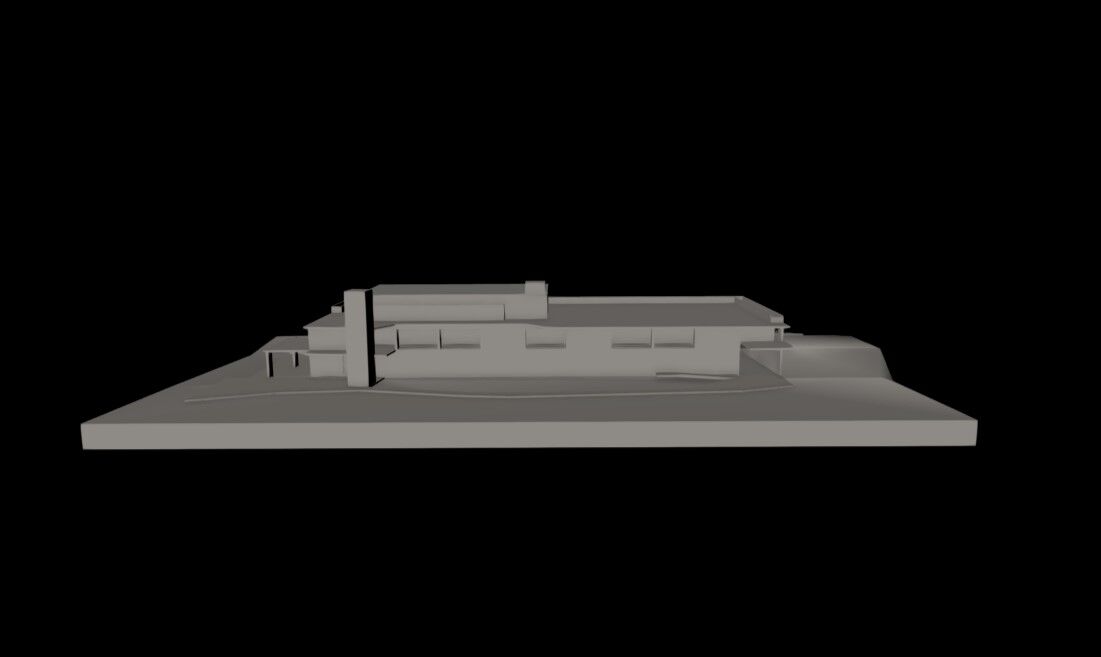
3D model of The Edge building
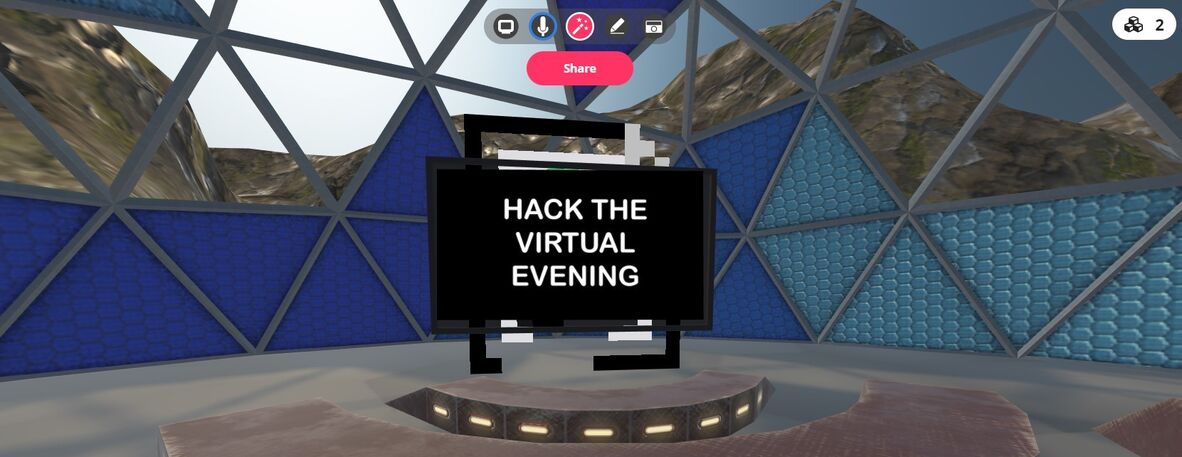
Virtual meetups during lockdown

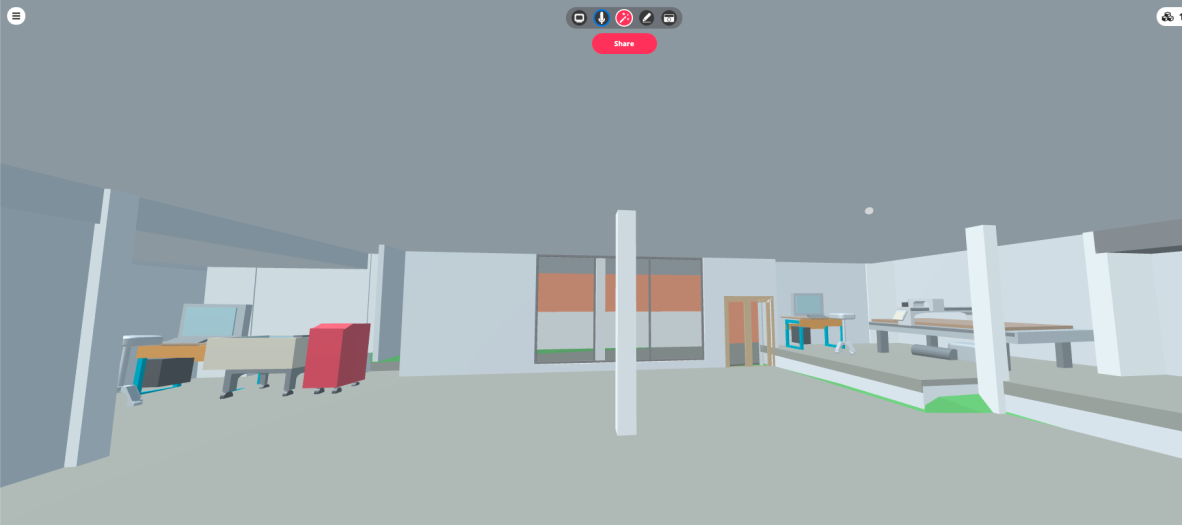
2022: Brisbane growing weary of another flood
Disaster struck again in January 2022 when whole sections of the brown snake (the Brisbane River) broke its banks and parts of the cultural prescient flooded, including State Library, Performing Art Centre car parks and level 0 of The Edge, where the Fabrication Lab and Machine shop lived. Unfortunately, the lower level received major damage once more and while renovations to the building were underway, some of The Edge programming moved to The Studio, in the main library building.
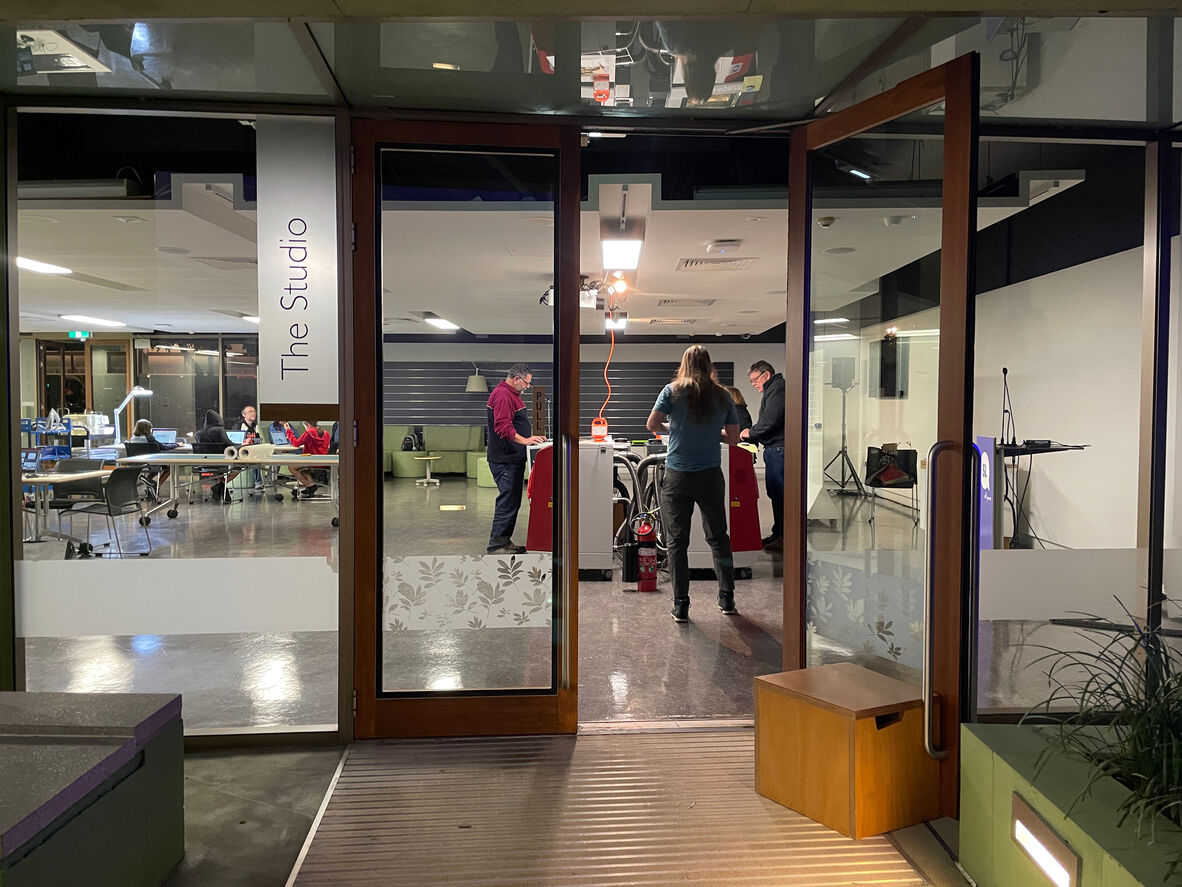
2023: The Edge reopens once more
Emerging afresh in 2023, The Edge once again threw open its doors, but this time sticking to level 1, inviting the public to newly conceived spaces designed for educationally and creatively enriched experiences.
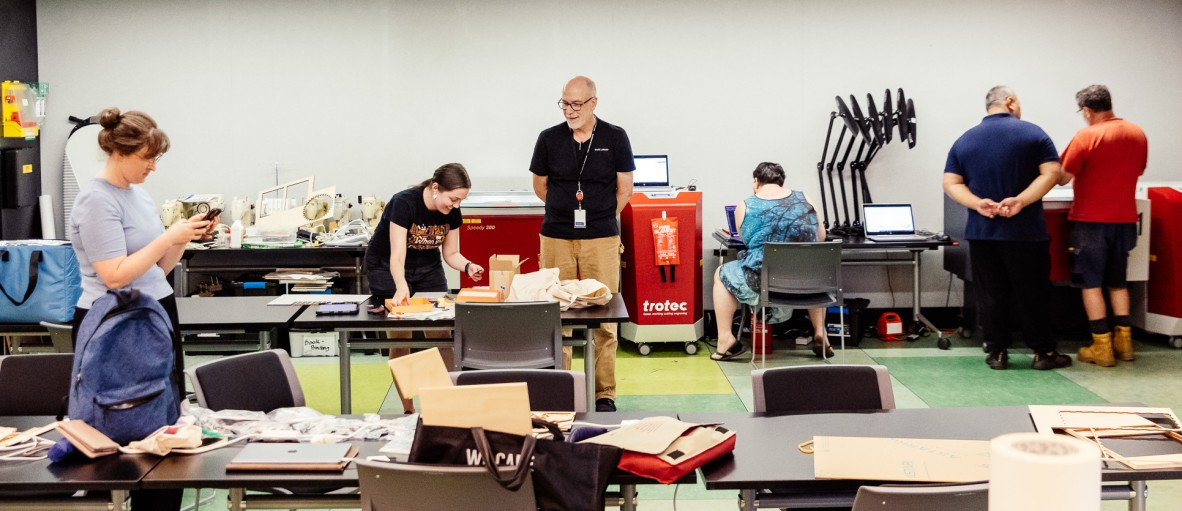
2025: Cyclones and roundabouts
Another year, another natural disaster for South East Queensland, and we've come out ok this time.
Today The Edge is Queensland’s home for creativity ideas and experimentation. The Edge offers a free and accessible space for makers and designers. The Edge hosts a range of meetups and talks, community projects and collaborations, visit What's on for upcoming dates.

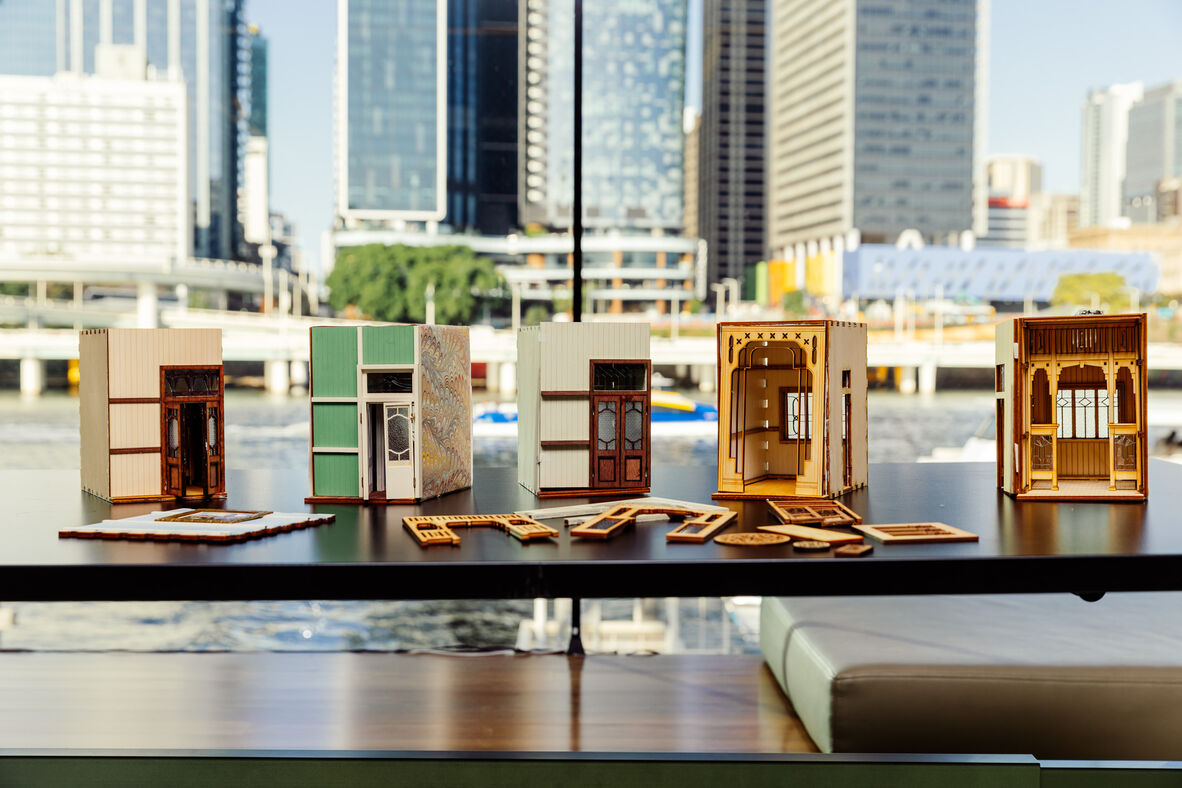


Ongoing: The Edge as a cultural conduit
Throughout its existence, The Edge has evolved from an exclusive dining venue to a multi-functional cultural space that hosts innovative programming, digital access and collaborative projects. The site continues to adapt to the contemporary needs of the community, fostering a merging of technology, arts, and learning within its historical framework.
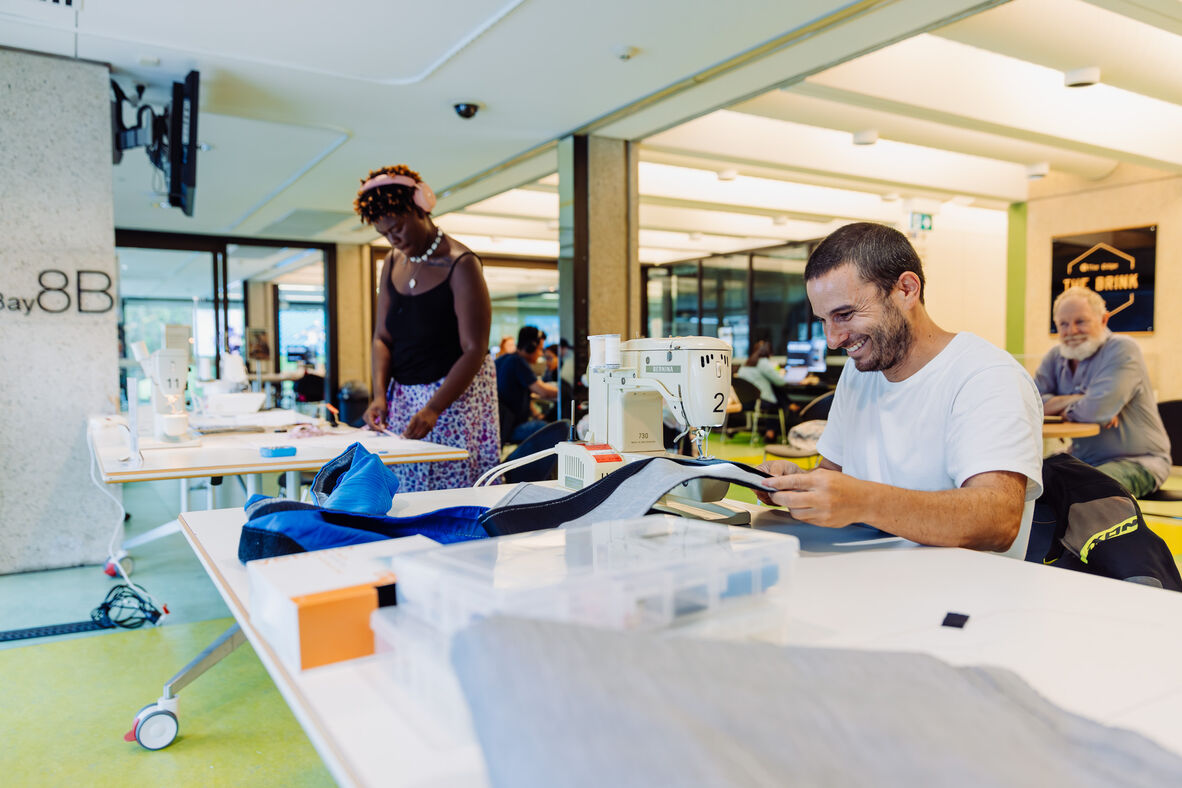
You can take a look back at archived versions of The Edge website via the Internet Archive Wayback Machine from 2010, and more recent years via the Trove web archive.
Researched by Sarah Briggs.
Written by Sarah Briggs and QChat.
Edited by Michelle Brown, Adam Jefford and Mick Byrne.
Comments
Your email address will not be published.
We welcome relevant, respectful comments.